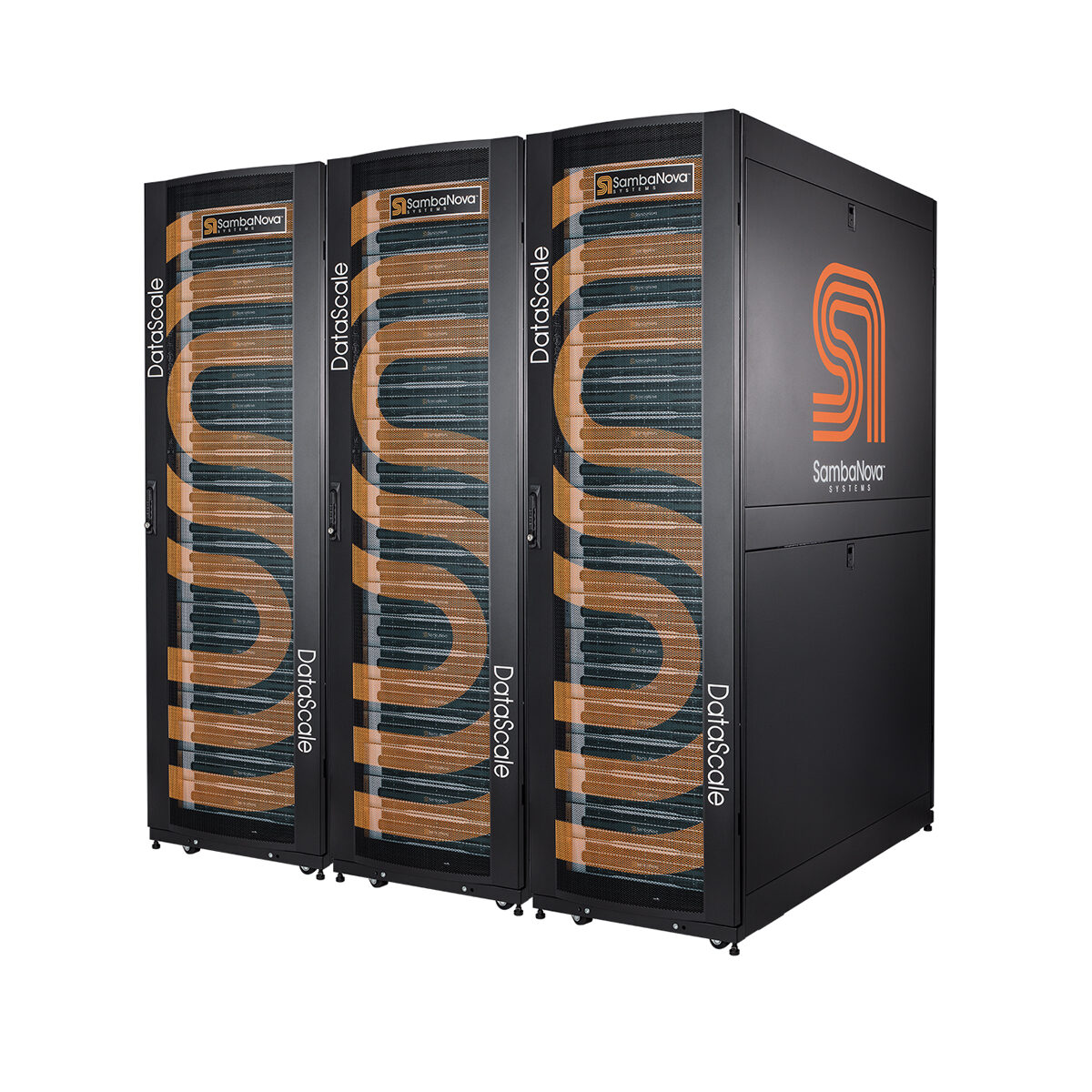All About Circuits – As the pandemic resurges in many parts of the world, researchers have found a way to bring the speed and accuracy of infection testing to mobile devices with a lab-on-a-chip.
A new lab-on-a-chip has been developed by researchers at Imperial College London who hope it can pave the way for low-cost portable diagnostic testing. The lab-on-a-chip (LoC) technology, known as TriSilix, is a “micro laboratory” that can reportedly perform a scaled-down version of the polymerase chain reaction (PCR) test on the spot, presenting its results in just a few minutes. PCR, which detects viruses and bacteria in biological samples, is usually performed in a laboratory, meaning that test results don’t become immediately available.
Each LoC device contains a DNA sensor, temperature detector, and heater so that the testing process can be automated. According to the researchers’ published findings in Nature Communications, a standard smartphone battery is capable of powering up to 35 tests on a single charge.



